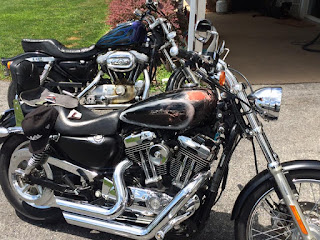Make Sure Your Area Is Safe For Changing Brake Pads
Brake Pad Installation – There are two methods to check for wear on disc brakes: by looking and also by paying attention. Initially, look for wear by taking a look at your brake pads through the rooms between the wheel’s spokes. The outdoors pad will certainly be pressed against a steel rotor. Generally, there must be at the very least 1/4 inch of pad. If you see less than 1/4 inch of pad, you might want to have your brake pads checked or replaced.
Have you ever before heard a high-pitched shrilling audio when you applied your brakes? That’s a small steel shim, called an indication, which is offering you a distinct caution that you have to replace your brake pads. You must know this noise (which is loud enough to be heard while the home windows are up, but not always loud enough to be heard over the radio or a/c). If you hear it routinely, quickly make an appointment with your auto mechanic.
One exemption is if your cars and truck has been resting after being revealed to water, such as from rainfall or from cleaning it. The moisture can trigger a slim layer of corrosion to establish on the brake rotors. This is typical. When you initially apply the brakes, the pads continuing the rust-covered rotors may cause a screech for a few stops until the corrosion is disappeared and after that, the audio will go away.
Below are a few other indicators of brake troubles. If you experience any of these, you must visit your service center asap:
Reduced responsiveness or fading. If your brakes are not as responsive as they must be or if the pedal “sinks” toward the flooring, this could be an indication of a leak in the stopping system. Maybe an air leak (in the brake hose) or a brake fluid leak. One indicator of a brake fluid leak is the existence of a tiny pool of fluid when the auto is parked. Brake fluid looks similar to fresh electric motor oil, but with a much less “slimy” appearance.
Pulling. If your automobile “draws” to one side while braking, it might be an indicator that the brake linings are using erratically or that there is foreign matter in the brake fluid. Your vehicle may need a brake modification or to have actually the liquid drained pipes and replaced.
Grinding or growling. This loud metallic sound indicates that you have worn down the pads totally, more than likely past substitute. The grinding or grumbling sound is brought on by the two items of steel (the disc as well as the caliper) messaging with each other. This can “rating,” or scratch your blades, developing an unequal surface. If this happens, do not be surprised if your auto mechanic tells you that the blades need to be “turned” (a process that evens out the rotor surface), or even replaced.
If you need professional assistance in changing your brakes contact your Local Automotive Repair Expert
The Step By Step List For Changing Your Brake Pads
- Jack up car
- Remove the bolts
- Remove the wheel
- Remove the slider bolt
- Pivot the caliper up
- Slide out the old brake pads
- Replace the retaining clips
- Slide in the new brake pads
- Retract the pistons
- Monitor the brake fluid level
- Reposition the caliper
- Reinstall the slider bolt
- Start over on the next brake pad
- Re check them both


